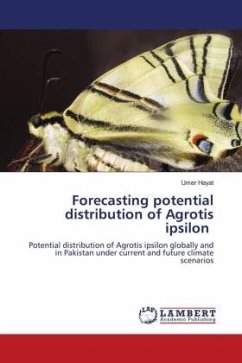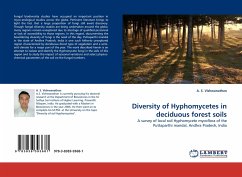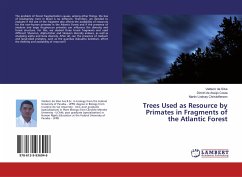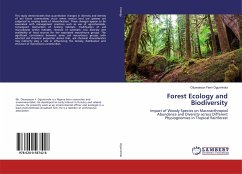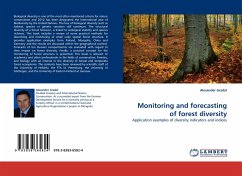
Monitoring and forecasting of forest diversity
Application examples of diversity indicators and indices
Versandkostenfrei!
Versandfertig in 6-10 Tagen
32,99 €
inkl. MwSt.

PAYBACK Punkte
16 °P sammeln!
Biological diversity is one of the most oftenmentioned criteria for nature conservation and 2010has been designated the International year ofBiodiversity by the United Nations. The loss ofbiological diversity such as habitat, species orgenetic variation still continues. The structuraldiversity of a forest however, is linked toecological stability and species richness. This bookincludes a review of some practical methods fordescribing and monitoring of small scale spatialforest structure. It provides application examplesfrom Finland, Mongolia, China and Germany and theresults are discussed with...
Biological diversity is one of the most often
mentioned criteria for nature conservation and 2010
has been designated the International year of
Biodiversity by the United Nations. The loss of
biological diversity such as habitat, species or
genetic variation still continues. The structural
diversity of a forest however, is linked to
ecological stability and species richness. This book
includes a review of some practical methods for
describing and monitoring of small scale spatial
forest structure. It provides application examples
from Finland, Mongolia, China and Germany and the
results are discussed within the geographical
context. Forecasts of ten Russian compartments are
evaluated with regard to their impact on forest
diversity. Finally, a practical concept for the
monitoring of forest structure is presented. This
book is relevant to academics and other professionals
in the fields of conservation, forestry, and biology
with an interest in the diversity of boreal and
temperate forest ecosystems. The contents have been
reviewed by scientific staff of the University of
Helsinki, the FTA St. Petersburg, the University of
Göttingen, and the University of Eastern Finland at
Joensuu.
mentioned criteria for nature conservation and 2010
has been designated the International year of
Biodiversity by the United Nations. The loss of
biological diversity such as habitat, species or
genetic variation still continues. The structural
diversity of a forest however, is linked to
ecological stability and species richness. This book
includes a review of some practical methods for
describing and monitoring of small scale spatial
forest structure. It provides application examples
from Finland, Mongolia, China and Germany and the
results are discussed within the geographical
context. Forecasts of ten Russian compartments are
evaluated with regard to their impact on forest
diversity. Finally, a practical concept for the
monitoring of forest structure is presented. This
book is relevant to academics and other professionals
in the fields of conservation, forestry, and biology
with an interest in the diversity of boreal and
temperate forest ecosystems. The contents have been
reviewed by scientific staff of the University of
Helsinki, the FTA St. Petersburg, the University of
Göttingen, and the University of Eastern Finland at
Joensuu.



